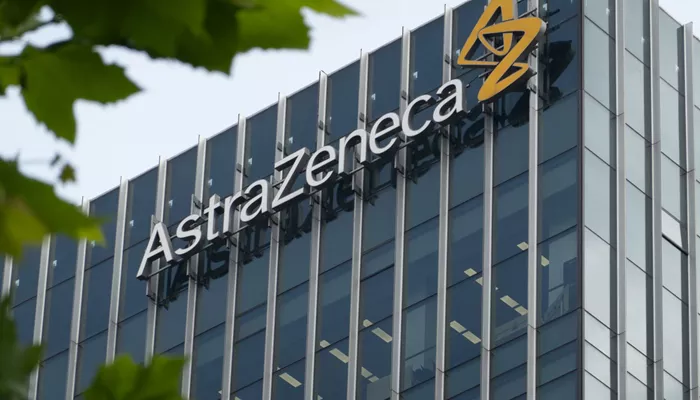AstraZeneca has officially decided to exit the neuroscience sector, following recent moves to discontinue its Alzheimer’s and migraine treatments. This marks the company’s departure from the field entirely.
During a call with investors on Tuesday to present AstraZeneca’s first-quarter 2025 earnings, CEO Pascal Soriot explained that the company could no longer fund all areas of its research and must focus its resources. “CNS (central nervous system) is better managed by other companies that specialize in it,” Soriot said.
As part of this shift, AstraZeneca halted the development of two programs: MEDI1814, an early-stage antibody aimed at treating Alzheimer’s disease, and MEDI0618, a Phase II monoclonal antibody for migraine. These decisions leave AstraZeneca without any active neuroscience projects.
Sharon Barr, executive vice president of BioPharmaceuticals R&D at AstraZeneca, confirmed the closure of the company’s neuroscience division. “We have closed our neuro programs and identified partners for some of them,” she said. This transition will lead to a small number of job cuts, according to a company spokesperson.
AstraZeneca’s decision to move away from neuroscience will enable the company to concentrate on its core therapeutic areas. Barr emphasized that the company will now focus on high-value programs, particularly in weight management, dyslipidemia, respiratory diseases, and immunology.
AstraZeneca’s financial results for the first quarter of 2025 showed a 10% increase in revenue, nearly reaching $13.6 billion. However, the company fell slightly short of analysts’ expectations, which had forecasted revenue of $13.68 billion. On a per-share basis, AstraZeneca exceeded estimates, reporting earnings of $1.88, well above the consensus of $1.10.
Cancer treatments remain AstraZeneca’s strongest revenue driver, with oncology products bringing in over $5.6 billion in sales. The company’s top-selling product, Farxiga, a diabetes drug, generated more than $2 billion in the first quarter, a 15% increase compared to the previous year. Other significant contributors from the oncology portfolio include the kinase inhibitor Tagrisso, which earned nearly $1.7 billion, a 12% increase from last year. The PD-1 inhibitor Imfinzi earned $1.26 billion, while Calquence and Lynparza, which target lymphoma and breast cancer, brought in $762 million and $726 million, respectively.
Looking ahead, AstraZeneca expects its revenue to grow by a high single-digit percentage for the full year, with core earnings per share projected to increase by a low double-digit percentage.
AstraZeneca also addressed potential impacts from U.S. tariffs. CFO Aradhana Sarin reassured investors that the company’s exposure to tariffs would be “manageable,” as most of its products sold in the U.S. are produced domestically. Last November, AstraZeneca invested $3.5 billion in the U.S. to expand its R&D and manufacturing capabilities, with a focus on a facility in Massachusetts.
While AstraZeneca plans to increase capital expenditure by 50% this year, Sarin explained that major infrastructure investments will depend on the performance of key products, such as its oral GLP-1 drug and the breast cancer drug camizestrant.
In contrast to AstraZeneca’s cautious approach, several other pharmaceutical giants, including Eli Lilly and Johnson & Johnson, have made significant multi-billion-dollar investments in the U.S. in response to the threat of tariffs.

